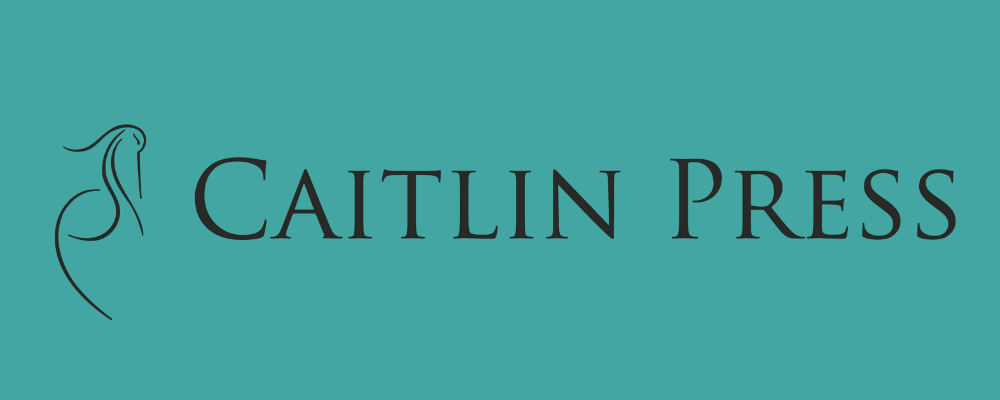It’s time for another deep dive into our latest study, Turning Pages: Print Book Use in Canada 2023!
Last time, we took a look at how Canadians buy print books — from where they buy hardcovers and at what price, to how they discover paperbacks.
This time around, we’re digging into how Canadians choose and borrow print books from the public library.
About the data
Turning Pages: Print Book Use in Canada 2023 incorporates published data from our annual publications the Canadian Book Consumer Study 2023 and Canadian Leisure and Reading Study 2023 as well as unreleased data from those consumer surveys.
The Canadian Book Consumer Study 2023 includes results from quarterly surveys of Canadian book consumers about their book acquisition behaviour during March, June, September, and December 2023. For Turning Pages, 1,508 Canadians surveyed were considered print book buyers and 812 Canadians were considered print book borrowers, having bought a print book or borrowed a print book from the library in 2023.
The Canadian Leisure & Reading Study 2023 presents data from a survey of Canadians fielded in January 2024. The survey queried Canadians about how they spent their leisure time in 2023, with a focus on reading. For Turning Pages, 923 Canadians surveyed were identified as print book readers, having read at least one print book in 2023.
If you’re interested in the numbers behind the graphs below, you can find our source data here.
Borrowing print books
The Canadian Book Consumer Study 2023 reported that 84% of all Canadian book borrowers borrowed print books in 2023. Over three quarters of all books borrowed from the library by print book borrowers in 2023 were print books (78%) — they also borrowed ebooks (14%) and audiobooks (9%). The graph below shows how the percentage of print book borrowing has fluctuated over the last five years, down from 85% in 2019.
Print book borrowers visit the library online the most
The majority of Canadian print book borrowers visited the library online and in-person at least once in 2023 — 92% of print book borrowers visited the library online and 71% visited the library in-person. Online library visiting has increased over the last number of years, shown in the graph below.
Canadian print book borrowers visited the library both online and in-person in 2023 for a variety of reasons, including:
to pick up hold(s) — 44%;
to browse shelves and displays for books to borrow — 35%; and
to discover a new book, author, and/or illustrator — 24%.
Just like all Canadian library book borrowers, most print book borrowers only borrowed books from the library in 2023 (68%). Yet some print book borrowers did borrow other things, like DVDs (9%) and magazines (8%).
Print book borrowers were more likely than all book borrowers to borrow books for someone else in 2023. Just 59% of Canadian print book borrowers borrowed books only for themselves, compared to 65% of all book borrowers. Print book borrowers also borrowed books for:
an adult aged 18 or over — 14%;
a middle grade child aged 8-12 — 10%;
a young child aged 4-7 — 8%;
a young adult aged 13-17 — 7% ; and
a young child aged 0-3 — 2%.
The most popular ways Canadian print borrowers became aware of the books they borrowed in 2023 were:
browsing genre/subject area — 40%;
having searched specifically for this book — 34%;
browsing books by author/illustrator — 24%;
having read other books by the author/illustrator — 21%; and
getting a recommendation or reading a review — 18%.
Print book borrowers, similar to all Canadian book borrowers, were most likely to take these actions in 2023 when deciding whether or not to borrow a book:
Read the book description — 49% of print book borrowers vs. 50% of all borrowers
Check to see if the library has it — 39% of print book borrowers vs. 39% of all borrowers
Read reviews about the book — 33% of print book borrowers vs. 33% of all borrowers
See what subject/genre the book is in — 30% of print book borrowers vs. 29% of all borrowers
Look at the cover — 30% of print book borrowers vs. 30% of all borrowers
In 2023, Canadian print book borrowers borrowed books from the library instead of buying them because they wanted to save money (51%) or they didn’t want to spend money on them (40%).
Similarly to all Canadian borrowers, print book borrowers agree or sometimes agree with these statements in 2023:
Having books in accessible formats (e.g., braille, large print) matters to me — 70% of print book borrowers vs. 68% of all borrowers.
The environmental impact of the book industry matters to me — 69% of print book borrowers vs. 68% of all borrowers.
I finish reading a book before I buy or borrow a new one to start — 64% of print book borrowers vs. 65% of all borrowers.
I prefer books that have been published in the last year or so (new releases) over older books — 60% of print book borrowers vs. 58% of all borrowers.
Print book borrowers read Fiction and Non-Fiction almost equally
The Canadian Leisure & Reading Study 2023 tracks the book subjects read by Canadian print book borrowers in 2023. In it, we found that they read both Fiction (66%) and Non-Fiction (64%) titles almost equally, with some Young Adult (21%) and Children’s books (19%).
The most popular Fiction subject read by Canadian print book borrowers in 2023 was overwhelmingly Mysteries or Thrillers, at 54%. Print book borrowers in 2023 also read:
Romance — 34%;
Historical Fiction — 31%; and
Fantasy — 30%.
The most popular Non-Fiction subjects for Canadian print book borrowers in 2023 were:
History — 39%;
Biographies or Memoir — 33%; and
Health or Fitness — 32%.
What else do we know about print book consumers in Canada? Check out the full study and stayed tuned for more highlights on the blog!
















Insights into the latest updates and additions made to ONIX codelists.